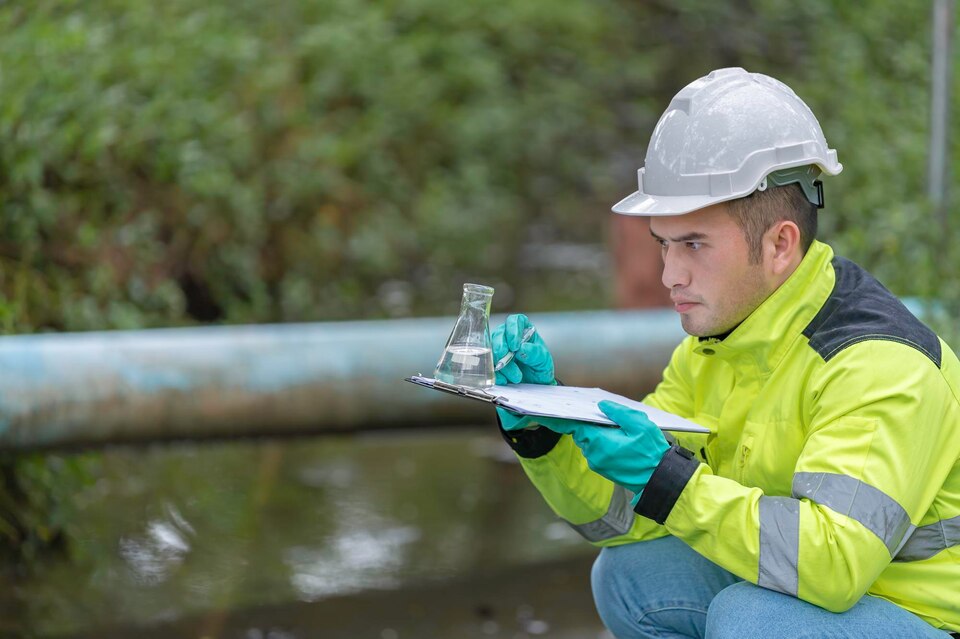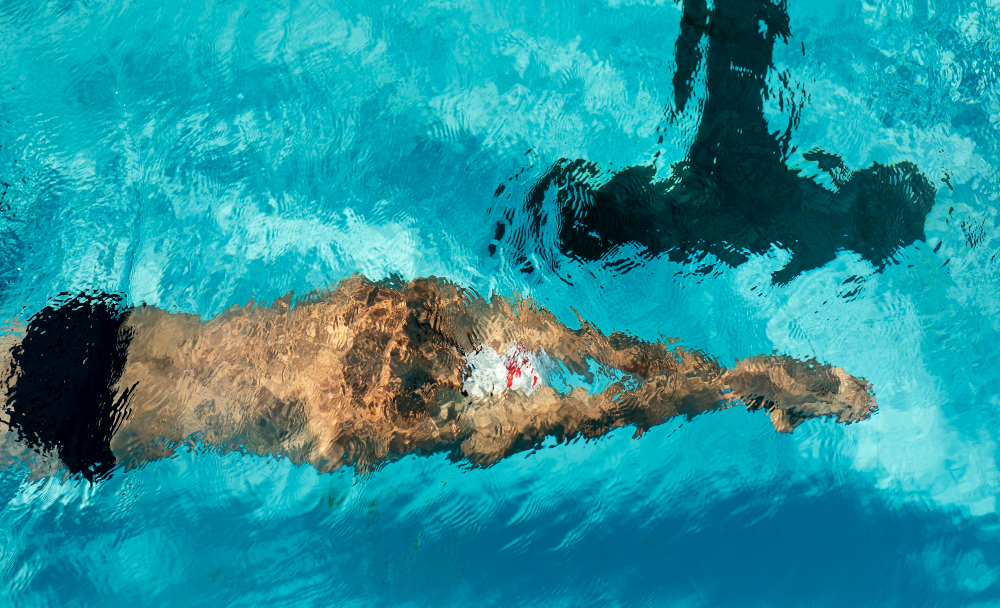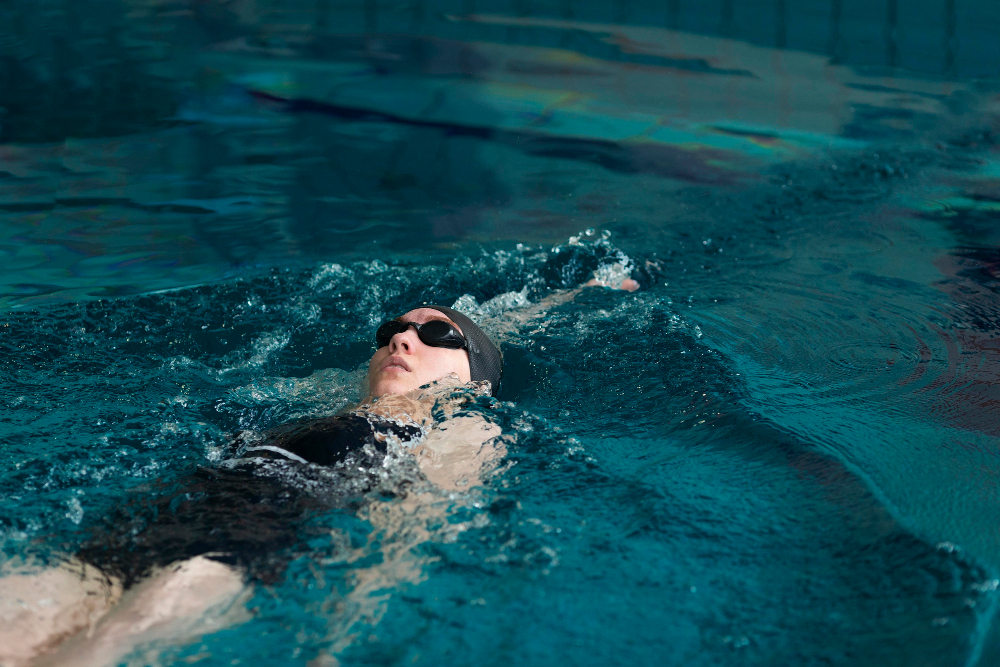Technology keeps on advancing and so does our understanding of life-saving in water environments. Embedded in this metamorphosis is the science of aquatic biometrics, the continuous, constant real time monitoring of respiration, heart rate and other motion based. Rather than traditional rescue which involves very literally looking for a person that has become lost, wearable rescue technology offers predictive advance that enhances response time and response accuracy. Embedded biosensors in devices such as Swim Sense detect those very subtle physiological changes swimmers go through when they are about to drown. The invisible signals can be set off to initiate responses and activate safety features automatically. Using intelligent, smart and more proactive advanced algorithms on waterproof sensor technologies drowning detection systems have reached a whole new level. We look at how wearable health sensors are currently defining the next evolution of aquatic safety, a verified, science based and life-saving advantage against drowning.
The Science Behind Aquatic Biometrics
In aquatic settings, the body undergoes rapid physiological shifts—oxygen consumption increases, heart rate fluctuates, and peripheral blood flow decreases due to hydrostatic pressure. Aquatic biometrics refers to the continuous analysis of these internal parameters using specialized waterproof sensors. Research published in Sensors Journal (2023) demonstrates that biometric data collected in water offers early warning indicators well before any external signs of distress appear. Wearable health sensors use pulse oximetry, thermoregulation analysis, and accelerometry to collect data even during full submersion. Unlike surface-level monitoring, these technologies detect early hypoxia or arrhythmia that often precede loss of consciousness. Devices like Swim Sense are calibrated to respond to these subtle deviations in real time, offering predictive rather than reactive intervention. This approach not only speeds up rescue but fundamentally changes the nature of aquatic safety—from observational guessing to data-driven certainty.
Heart Rate as a Predictive Safety Signal
Heart rate variability (HRV) is an important sign of stress, tiredness, and heart problems. In aquatic environments, HRV matters even more because being in cold water slows blood flow and lowers heart rate. When a swimmer has less oxygen, their heart reacts by either speeding up quickly or slowing down a lot. According to The Journal of Applied Physiology (2022), people drowning often show heart problems minutes before they look like they’re in trouble. Wearable rescue technology like Swim Sense watch HRV all the time and can detect these changes. When danger levels are reached, they automatically trigger things like inflating a rescue bag or alerting a lifeguard. This means heart rate isn’t just a number—it can help predict danger. It also shows why monitoring biometrics is so important, especially when swimmers are alone, tired, or not being watched.
Pulse Oximetry and the Fight Against Hypoxia
Oxygen saturation is the most reliable indicator of a swimmer’s well-being. Pulse oximetry—commonly used in clinical settings—is now a critical tool in drowning detection systems. When a swimmer begins to lose oxygen, the saturation levels drop sharply, often before they realize anything is wrong. This is especially dangerous during breath-hold activities or underwater play, which can lead to sudden unconsciousness. Research in IEEE Biomedical Engineering Letters (2024) shows that early oximetry warnings can reduce drowning fatalities by over 40% when integrated into responsive systems. Swim Sense uses compact, waterproof oximetry sensors to continuously monitor this variable. When saturation falls below a programmed threshold, an automatic alarm is triggered, and a flotation device is deployed. This seamless integration of medical-grade technology into consumer-grade wearables is what gives wearable health sensors the power to save lives—even in the absence of external warning signs.
Advanced Microprocessors and Real-Time Decisions
At the core of modern wearable rescue technology is the microprocessor—an embedded system that quickly collects, interprets, and responds to data. In water environments, decisions need to happen in milliseconds, not minutes. Devices like Swim Sense use AI-powered chips to analyze thousands of data points in real time. Each microprocessor is programmed with thresholds based on research-backed algorithms that monitor motion patterns, heart rate changes, and drops in blood oxygen all at once. A study in Advanced Intelligent Systems (2023) found that these processors respond over 70% faster than humans, especially in tricky situations like crowded pools or low visibility. The aim is for the system to act faster than any human could. This technology doesn’t just assist lifeguards—it strengthens their work, making safety rely on smart data, not luck or sight.
Waterproof Design and Sensor Calibration
Designing biosensors for use in water comes with its own set of challenges. Water pressure, movement, and changing temperatures can affect readings if the sensors aren’t properly sealed and calibrated. High-quality wearable health sensors need to stay accurate even when fully submerged, moving quickly, or used repeatedly. That’s why devices like Swim Sense go through thorough calibration against medical standards to deliver reliable data in real-time water conditions. Research from the Journal of Wearable Devices (2024) shows how important calibration is for keeping data accurate under different stresses. The materials must be flexible and waterproof, and the electronics inside need protection from interference caused by water movement. Getting these details right helps drowning detection systems become more consistent and trustworthy. These advances aren’t just technical improvements—they’re game changers, enabling safety devices to work well in any water environment, from backyard pools to the open sea.
Conclusion
Water safety is no longer limited to human observation. The age of wearable rescue technology is here, and it’s driven by science, precision, and necessity. With real-time tracking of oxygen levels, heart rate, and motion, today’s wearable health sensors turn every swimmer into a monitored individual. These devices are changing what’s possible in aquatic safety—from reactive lifeguarding to proactive intervention. Swim Sense, with its continuous biometric tracking, automated rescue responses, and calibrated waterproof design, represents this leap forward. But more importantly, the product symbolizes a shift in thinking. We are no longer content with hope and vigilance—we now rely on aquatic biometrics and algorithmic intelligence to prevent tragedies before they unfold. Every signal collected, every alert triggered, brings us closer to a future where drowning becomes a thing of the past. Through data, design, and decision-making, we’re engineering safety into every drop.




